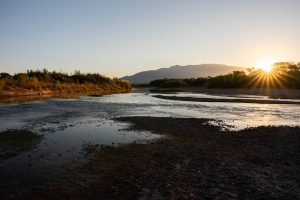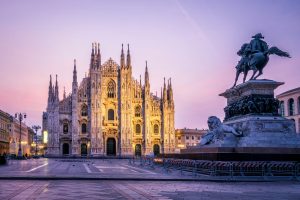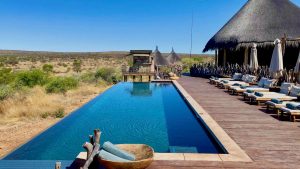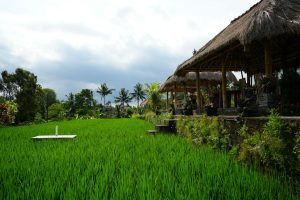
Embraced by the Atlantic Ocean, Brazil boasts an extensive coastline. It spans 7,367 km (4,570 miles), which stretches to 9,200 km (5,710 miles) if we consider all its curves and bends. Along this vast expanse of shoreline, there are countless breathtaking sceneries and numerous paths to explore. Especially in the Northeast region, where warm temperatures and refreshing ocean breezes are constants. If you’re dreaming of immersing yourself in a natural wonderland of idyllic beaches, sea cliffs, mangroves, sand dunes, and freshwater lagoons, a great tip is to follow some pre-established routes, such as the Winds Route, which includes two others, the Emotions and Cliffs Routes, spanning from Lençóis Maranhenses to Pipa Beach, in Rio Grande do Norte.
When it comes to landscapes, this itinerary has one thing in common: it treats travelers to the trade winds that blow constantly at this latitude in Brazil. These winds not only help moderate the high temperatures but also create ideal conditions for water sports such as windsurfing and kitesurfing, especially during their peak from July to December. Throughout the journey, you’ll find diverse and high-quality cuisine, as well as historical and cultural treasures designated as World Heritage Sites.
The starting point is the state of Maranhão, which is home to Lençóis Maranhenses National Park. With its vast desert landscape of large white sand dunes and seasonal rainwater lagoons, this park is part of the Cerrado biome but also showcases rich influences of the Caatinga and the Amazon. Within its 155,000 hectares (383 acres), you’ll encounter species common to these three biomes, including diverse and fragile ecosystems like coastal woodlands, mangroves, and dunes that occupy two-thirds of the park’s area. The highlight of the park is the lagoons that form during the rainy season (June to September), transforming Lençóis Maranhenses into a mesmerizing oasis. The main towns providing reasonable infrastructure and access to the park are Barreirinhas, Santo Amaro, and Primeira Cruz.
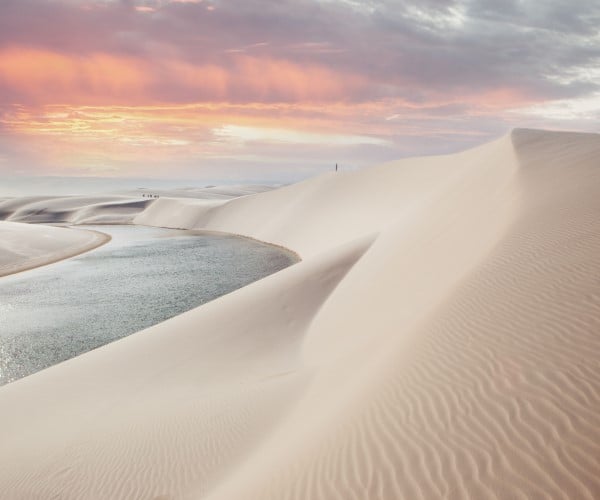
Crossing the state border into Piauí, your first stop is Parnaíba, a town with excellent infrastructure and the starting point for tours to the Parnaíba Delta, also known as the Delta of the Americas. The delta corresponds to the mouth of the Parnaíba River, branching out into five arms and encompassing 73 river islands. It’s an ecological sanctuary of immense natural beauty, flowing into the open sea and ranking as the third-largest delta in the world. Just a few minutes’ walk from Porto das Barcas (listed as Historic and Artistic Heritage), you’ll find the boutique hotel Casa de Santo Antônio, a restored early 20th-century property that offers a safe harbor for both nature immersion and a glimpse into history.

With memories of the delta’s waters still fresh, your next destination is Camocim in Ceará. Full of mangroves, lagoons, rivers, and 60 kilometers (37 miles) of beaches, this town is home to Baía das Caraúbas Glamping. Nestled among the dunes, this accommodation invites you to contemplate nature and indulge in adventure sports. Few places on Earth rival the conditions found here for kitesurfing and windsurfing.
IMPORTANT NOTICE:
If you are reading this article anywhere other than on A Luxury Travel Blog, then the chances are that this content has been stolen without permission.
Please make a note of the web address above and contact A Luxury Travel Blog to advise them of this issue.
Thank you for your help in combatting content theft.
Another paradise for these sports is the internationally renowned Preá Beach, located near Jericoacoara National Park, famous for attracting kitesurfing enthusiasts from around the world. Lagoons, coconut trees, and mangroves captivate travelers, who shouldn’t miss Buraco Azul (Blue Hole), a natural pool with turquoise waters. In this stretch of Ceará’s coastline, Rancho do Peixe awaits, with over 200,000 m² (49 acres) of preserved beachfront, featuring 26 beachfront bungalows and one of the most reputable kitesurfing schools. It’s the perfect place to recharge or unwind, where guests can enjoy the gentle trade winds and a sense of everlasting tranquility.

Next is Taíba, a serene fishing village that has made it onto the world map of tourism with the opening of Carmel Taíba Exclusive Resort, nestled in a heavenly setting. While there, take a stroll to the mouth of the Anil River, where lagoons form before merging with the sea.

Aquiraz is the next stop on this route, located 31 km (19 miles) from Fortaleza, the capital of Ceará. Here, the Porto das Dunas Beach extends a warm welcome. As your local host, Carmel Charme Resort awaits, offering an exclusive and refined refuge where luxury means basking in barefoot relaxation and surrendering to the wonders of nature.

Moving on to Fortim, where nature and comfort blend harmoniously, Jaguaríndia Village provides support for those seeking to train or learn the art of kitesurfing and windsurfing.

Continuing towards Rio Grande do Norte, red cliffs perched above the sea adorn your path until you reach Tibau do Sul, where the world-famous Pipa Beach, discovered by surfers in the 1980s, attracts both dolphins and visitors year-round. With a vibrant nightlife and good infrastructure, it offers exceptional restaurants, cafes, and hotels. One of them is Madeiro Beach Resort, a seaside eco-lodge nestled at the foot of a cliff granting access to its namesake beach, which offers the ultimate surf experience.

This enchanting point of Brazil in eternal summer is conveniently close to Europe with direct flights lasting no more than 8 hours. Ready to go?
Simone Scorsato is Executive Director of Brazilian Luxury Travel Association. BLTA’s main objective is to promote and strengthen Brazil as a travel destination to the global luxury market.
If you would like to be a guest blogger on A Luxury Travel Blog in order to raise your profile, please contact us.
